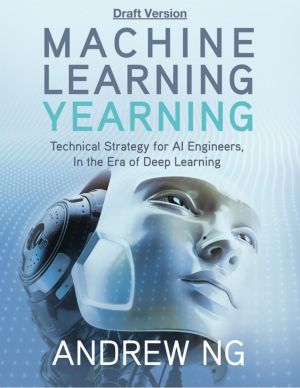Machine Learning Yearning
Technical Strategy for AI Engineers, In the Era of Deep Learning
by Andrew Ng
DescriptionTable of ContentsDetailsHashtagsReport an issue
This book is focused not on teaching you ML algorithms, but on how to make ML algorithms work. After reading Machine Learning Yearning, you will be able to:
- Prioritize the most promising directions for an AI project
- Diagnose errors in a machine learning system
- Build ML in complex settings, such as mismatched training/ test sets
- Set up an ML project to compare to and/or surpass human- level performance
- Know when and how to apply end-to-end learning, transfer learning, and multi-task learning. 






Book Description
AI is transforming numerous industries. Machine Learning Yearning, a free ebook from Andrew Ng, teaches you how to structure Machine Learning projects.This book is focused not on teaching you ML algorithms, but on how to make ML algorithms work. After reading Machine Learning Yearning, you will be able to:
- Prioritize the most promising directions for an AI project
- Diagnose errors in a machine learning system
- Build ML in complex settings, such as mismatched training/ test sets
- Set up an ML project to compare to and/or surpass human- level performance
- Know when and how to apply end-to-end learning, transfer learning, and multi-task learning.
This open book is licensed under a Creative Commons License (CC BY). You can download Machine Learning Yearning ebook for free in PDF format (4.1 MB).
Table of Contents
Chapter 1
Why Machine Learning Strategy
Chapter 2
How to use this book to help your team
Chapter 3
Prerequisites and Notation
Chapter 4
Scale drives machine learning progress
Chapter 5
Your development and test sets
Chapter 6
Your dev and test sets should come from the same distribution
Chapter 7
How large do the dev/test sets need to be?
Chapter 8
Establish a single-number evaluation metric for your team to optimize
Chapter 9
Optimizing and satisficing metrics
Chapter 10
Having a dev set and metric speeds up iterations
Chapter 11
When to change dev/test sets and metrics
Chapter 12
Takeaways: Setting up development and test sets
Chapter 13
Build your first system quickly, then iterate
Chapter 14
Error analysis: Look at dev set examples to evaluate ideas
Chapter 15
Evaluating multiple ideas in parallel during error analysis
Chapter 16
Cleaning up mislabeled dev and test set examples
Chapter 17
If you have a large dev set, split it into two subsets, only one of which you look at
Chapter 18
How big should the Eyeball and Blackbox dev sets be?
Chapter 19
Takeaways: Basic error analysis
Chapter 20
Bias and Variance: The two big sources of error
Chapter 21
Examples of Bias and Variance
Chapter 22
Comparing to the optimal error rate
Chapter 23
Addressing Bias and Variance
Chapter 24
Bias vs. Variance tradeoff
Chapter 25
Techniques for reducing avoidable bias
Chapter 26
Error analysis on the training set
Chapter 27
Techniques for reducing variance
Chapter 28
Diagnosing bias and variance: Learning curves
Chapter 29
Plotting training error
Chapter 30
Interpreting learning curves: High bias
Chapter 31
Interpreting learning curves: Other cases
Chapter 32
Plotting learning curves
Chapter 33
Why we compare to human-level performance
Chapter 34
How to define human-level performance
Chapter 35
Surpassing human-level performance
Chapter 36
When you should train and test on different distributions
Chapter 37
How to decide whether to use all your data
Chapter 38
How to decide whether to include inconsistent data
Chapter 39
Weighting data
Chapter 40
Generalizing from the training set to the dev set
Chapter 41
Identifying Bias, Variance, and Data Mismatch Errors
Chapter 42
Addressing data mismatch
Chapter 43
Artificial data synthesis
Chapter 44
The Optimization Verification test
Chapter 45
General form of Optimization Verification test
Chapter 46
Reinforcement learning example
Chapter 47
The rise of end-to-end learning
Chapter 48
More end-to-end learning examples
Chapter 49
Pros and cons of end-to-end learning
Chapter 50
Choosing pipeline components: Data availability
Chapter 51
Choosing pipeline components: Task simplicity
Chapter 52
Directly learning rich outputs
Chapter 53
Error analysis by parts
Chapter 54
Attributing error to one part
Chapter 55
General case of error attribution
Chapter 56
Error analysis by parts and comparison to human-level performance
Chapter 57
Spotting a flawed ML pipeline
Chapter 58
Building a superhero team - Get your teammates to read this
Book Details
Title
Machine Learning Yearning
Subject
Computer Science
Publisher
Self-publishing
Published
2018
Pages
118
Edition
1
Language
English
PDF Size
4.1 MB
License

Related Books
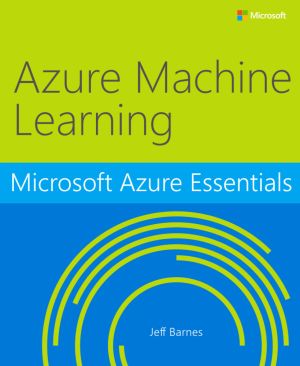
This third ebook in the series introduces Microsoft Azure Machine Learning, a service that a developer can use to build predictive analytics models (using training datasets from a variety of data sources) and then easily deploy those models for consumption as cloud web services. The ebook presents an overview of modern data science theory and princ...
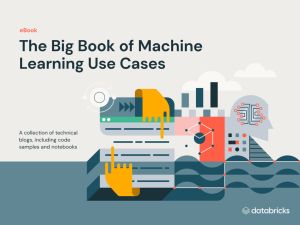
The world of machine learning is evolving so quickly that it's challenging to find real-life use cases that are relevant to your day-to-day work.
That's why we've created this comprehensive guide you can start using right away. Get everything you need - use cases, code samples and notebooks - so you can start putting the Databrick...
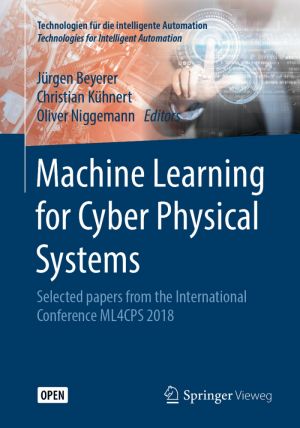
This book proceedings presents new approaches to Machine Learning for Cyber Physical Systems, experiences and visions. It contains some selected papers from the international Conference ML4CPS - Machine Learning for Cyber Physical Systems, which was held in Karlsruhe, October 23-24, 2018. Cyber Physical Systems are characterized by their ability to...
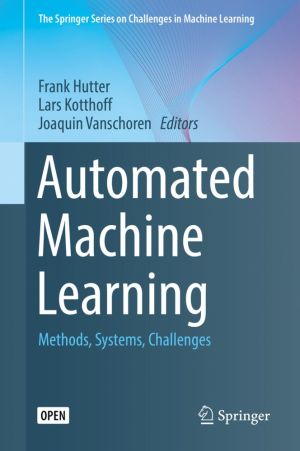
This book presents the first comprehensive overview of general methods in Automated Machine Learning (AutoML), collects descriptions of existing systems based on these methods, and discusses the first series of international challenges of AutoML systems. The recent success of commercial ML applications and the rapid growth of the field has created ...
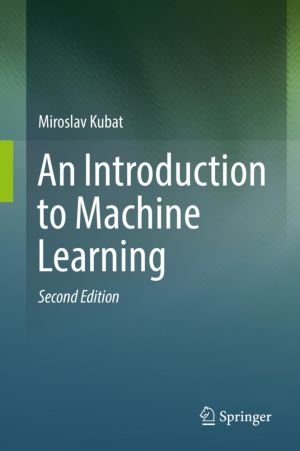
This textbook presents fundamental machine learning concepts in an easy to understand manner by providing practical advice, using straightforward examples, and offering engaging discussions of relevant applications. The main topics include Bayesian classifiers, nearest-neighbor classifiers, linear and polynomial classifiers, decision trees, neural ...
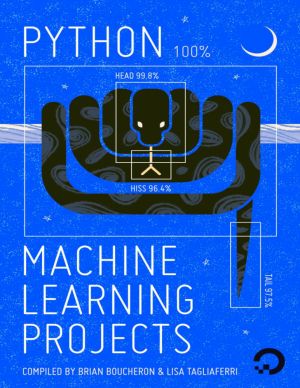
As machine learning is increasingly leveraged to find patterns, conduct analysis, and make decisions - sometimes without final input from humans who may be impacted by these findings - it is crucial to invest in bringing more stakeholders into the fold. This book of Python projects in machine learning tries to do just that: to equip the developers ...

